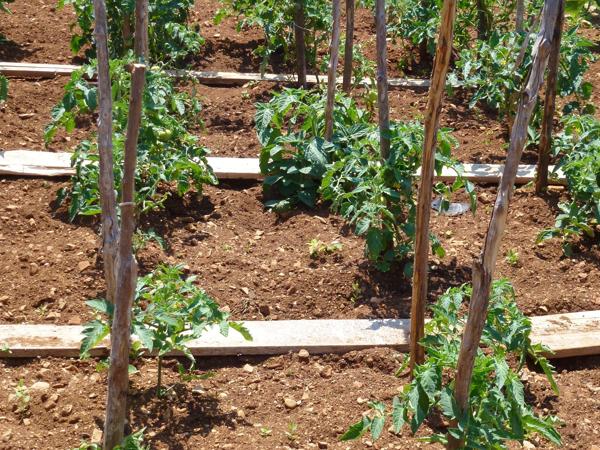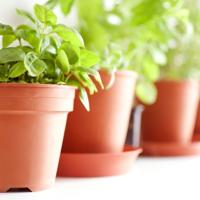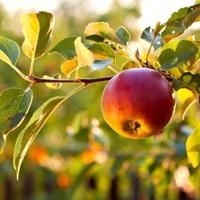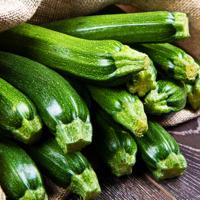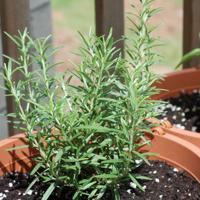Tomatoes are often considered a staple in many gardens around the world. Their vibrant colors and juicy flavors make them a favorite for many dishes. Growing tomatoes at home can be a rewarding experience, offering a closer connection to the food we consume. Let’s explore the details to help you nurture your tomato plants, so they can thrive and produce tasty fruits.
Choosing the Right Variety
Tomatoes come in various shapes, sizes, and flavors. When starting your tomato-growing journey, it’s crucial to think about what kind of tomatoes you’d like to enjoy. Here are some factors to consider:
-
Cherry Tomatoes: If you prefer bite-sized, sweet tomatoes, cherry varieties like ‘Sun Gold’ or ‘Sweet Million’ might be a good choice.
-
Heirlooms: For those who treasure unique flavors and colors, heirloom varieties like ‘Brandywine’ or ‘Cherokee Purple’ offer an interesting experience.
-
Roma Tomatoes: For making sauces, consider paste tomatoes like ‘Roma’ or ‘San Marzano.’
Your choice may also depend on your growing conditions and space situation. Consider trying a few different varieties at first to see which ones perform well in your environment.
Starting Seeds vs. Buying Seedlings
Deciding between starting tomatoes from seeds or purchasing seedlings is a personal choice.
Starting from Seeds:
- Benefits: You have a wide range of varieties to choose from, and it’s often more cost-effective.
- Challenges: It requires more time and effort early in the growing season.
Buying Seedlings:
- Benefits: It’s more convenient and saves time.
- Challenges: You’re limited to the varieties that are available locally.
Whether you choose seeds or seedlings, ensure they come from a reputable source to boost your success rate.
Ideal Growing Conditions
Tomatoes thrive in well-drained soil rich in organic matter. Here are some key factors to keep in mind:
- Sunlight: Aim for at least 6-8 hours of sunlight daily. Tomatoes love the sun!
- Soil: A pH of 6.0-6.8 is ideal. Consider using organic compost to enrich your soil.
- Water: Consistent watering is important, but be wary of over-watering. Tomatoes prefer deep but infrequent watering.
For those with limited garden space, container gardening is a viable option. Containers allow you to control the soil quality and placement of your plants for optimal sun exposure.
Planting and Caring for Tomato Plants
When planting your tomato starts, keep these tips in mind:
-
Depth and Spacing: Plant deep. Bury the stem about halfway up the plant to encourage root growth. Space each plant about 18-24 inches apart to ensure good air circulation.
-
Support: Using stakes or cages can help support the plant as it grows and produces fruit. Decide on a support structure early to avoid disturbing the roots later on.
-
Pruning: Remove any “suckers” (stems that start in the leaf axils) to focus more energy on growing fruit rather than foliage.
Common Pests and Diseases
Tomatoes can face challenges like pests and diseases. Here’s how to manage some common issues:
-
Aphids and Whiteflies: Use insecticidal soap or natural predators like ladybugs.
-
Tomato Hornworms: Hand-pick them off the plants and introduce beneficial insects such as wasps.
-
Blight and Rot: Ensure good air circulation and avoid watering the leaves directly. Rotating crops each year can help prevent recurring issues.
Remember to closely observe your plants regularly to catch any issues early.
Harvesting Your Tomatoes
Determining the right moment to harvest your tomatoes can affect their flavor:
-
Color and Firmness: When the tomatoes are fully colored and slightly firm to the touch, they’re generally ready. Taste-testing can guide you, as flavor preference varies.
-
Storage: Room temperature storage is best for fresh consumption. For long-term preservation, consider canning or freezing.
Growing tomatoes at home can be a delightful pursuit, enhancing your meals and gardening skills. Each season will present unique experiences and a chance to learn more about these wonderful plants. Remember, gardening is a journey, and each step — whether successful or challenging — adds to your expertise.
Happy gardening!
For additional resources, consider consulting university extension services or local gardening clubs that often provide helpful tips tailored to your region.
